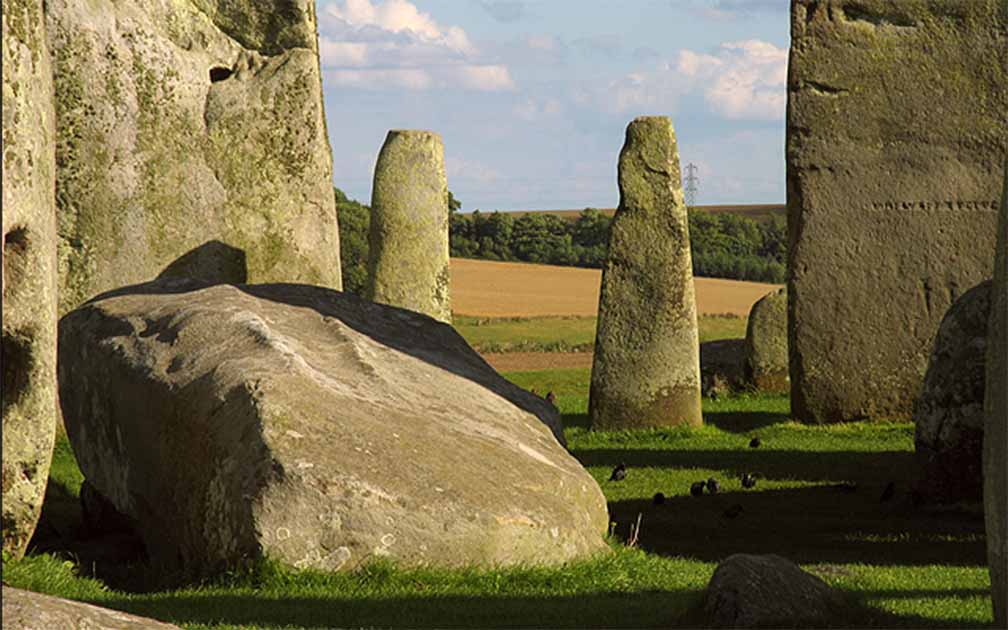Discovery at Stonehenge Challenges Century-Old Theory on Altar Stone Origin
For centuries, Stonehenge has stood as one of humanity's greatest architectural enigmas, a testament to ancient ingenuity and possibly spiritual or astronomical pursuits. While much has been speculated and discovered about the origins of its iconic stones, the Altar Stone, a unique recumbent rock within this prehistoric monument, has now taken center stage, with long-held beliefs about its origins being challenged. Recent findings suggest its origin may lie far from previously assumed locations.
- Natural Harmony: How did the Stonehenge Druids Measure the Landscape?
- Everything Changes at Stonehenge as Pivotal Theory is “Totally Destroyed”
Wider Search for Origins of Stonehenge’s Altar Stone
A research team led by specialists from the Department of Geography and Earth Sciences at Aberystwyth University, UK, has unearthed a secret about Stonehenge that is rewriting the historical narrative of this ancient wonder. The research paper has just been published in the Journal of Archaeological Science.
Stonehenge, recognized worldwide for its distinctive stone configuration, has been the subject of numerous studies. Most of these monoliths have been traced back to sources located roughly 140 miles away at Preseli Hills in Pembrokeshire, Wales. However, the Altar Stone, or Stone 80 as it's commonly referred to, has stood out due to its unique composition.
Traditionally, the Altar Stone was believed to be sourced from the Old Red Sandstone formation in the Senni Beds formation, west Wales. But new evidence suggests this iconic stone might hail from a quarry situated even farther away.
New Tests Question Convention
Recent analyses, including state-of-the-art techniques such as Raman Spectroscopy and portable XRF analysis, reveal a high barium content in the Altar Stone. This composition contrasts significantly with the typical bluestones of Stonehenge, which take on a bluish tint when wet. The evidence strongly suggests that the Altar Stone's origin might not be in the Old Red Sandstone formation of thr Anglo-Welsh Basin as previously thought. Researchers now believe that it may be essential to expand the search into northern Britain and even consider younger sandstones.
The local source for the vast sarsen stones used in constructing Stonehenge is believed to be approximately 15 miles away, which raises questions about the enormous effort it took to transport these behemoths. This suggests the site had profound significance to its ancient constructors.
The team strongly argues that the Altar Stone's classification as a bluestone should be reconsidered. This would detach its assumed link to the other bluestones of Stonehenge and spark a new quest for its original source.
- The Scottish Stonehenge Architect and His Aberdeenshire Stone Circles
- Stonehenge’s Bluestone Tracks Discovered Beneath Roman Road
More Stonehenge Enigmas
While the search for the origins of the stones is being worked out, we are not moving forward too much with the enigma surrounding its true purpose. Theories ranging from burial grounds to astronomical observatories, solar calendars, but all are strongly debated.
What is sure is that this new revelation will add another layer to the rich tapestry of stories and theories surrounding Stonehenge, and add further avenues of discussion.
Top image: The Altar Stone at Stonehenge. Source: Pam Brophy / Past the Stones: Stonehenge
By Gary Manners

















